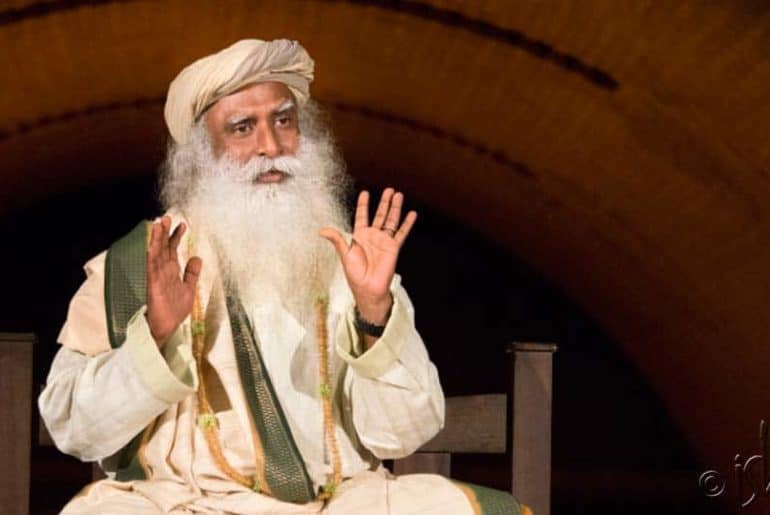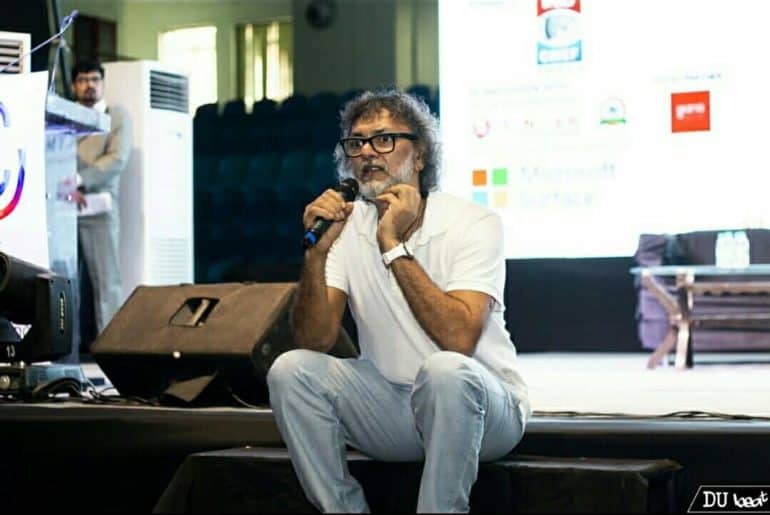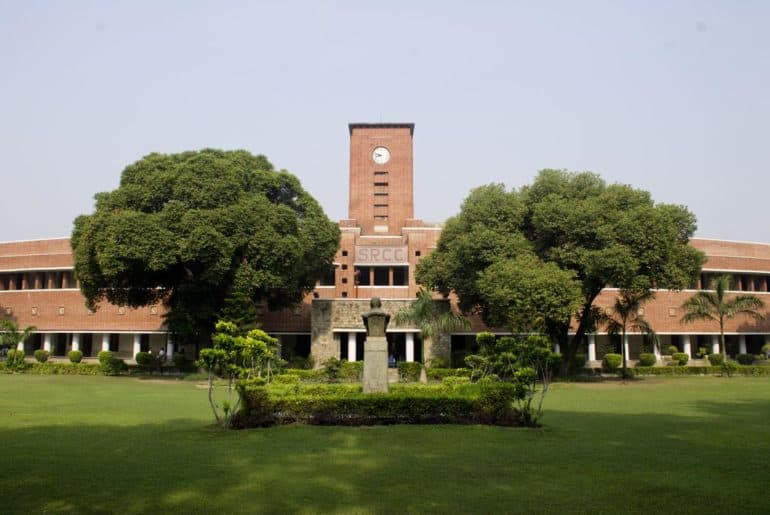It is the season of examinations, and along with it, is also the season of uncertainty and apprehension for the students who frequent their colleges like a blue moon frequents the sky.
According to the Varsity mandated rules, students of the University of Delhi (DU) need to maintain at least 67% attendance in order to sit for the end semester examinations. For those who don’t, pleading the professors to consider their Extra Curricular Activities (ECA) attendance, or visiting a shady doctor for a medical certificate are some of the extreme choices one has, since the college is technically bound to act under the rules of the University and detain those with less attendance.
Things look especially uncertain for the third year students in some colleges, like Miranda House, as they have been told that they won’t be able to sit for the examinations if they do not have the required attendance.
In South Campus, Sri Venkateswara College has not been given the admit cards till now. Prabal Khatri, President of Sri Venkateswara Students’ Union, told the DU Beat correspondent, “There are no issues for third year students. Earlier, the 67% attendance requirement used to apply to the final year students as well. But this year, our Union has been able to bring it down to 0%, providing huge respite for them.”
When asked about whether the college administration is lenient for the first and second year students as well, Khatri remarked, “For them, even if the required attendance is 67% according to the Varsity mandated rules, our union has brought the benchmark down to 35%. However, there are some students who never show up to class, neither do they have ECA’s, nor medical certificates to justify their low attendance. Those people are of course not given the admit cards.”
In Miranda House, a meeting to determine whether third year students with below 40% attendance will receive their admit cards is slated to be held. While in the past years, the administration would not withhold the admit cards for the final year students, this year, the college has constantly maintained, right from the beginning of the semester, that they would be more stringent with attendance requirements, even for final year students.
In a phone call conversation with the correspondent, Mahi, a final year student from Miranda House remarked, “The final year students have coaching and have to prepare for entrances. So the administration is usually more understanding with us. However, I do not know about the changes brought about this year.” Since none of the final year students have been given their admit cards till now, a cloud of uncertainty looms over their futures.
It is to be noted that, amidst the first and second year students who have already received their admit cards, there are students with attendance below 40%, who are still struggling to get their admit cards. A member of the college administration told DU Beat on condition of anonymity, “Even as the college is prepared to be flexible with the final year students, we have instructions to be uncompromising with the first and second year students.”
Nestling in the heart of North Campus, is Shri Ram College of Commerce (SRCC), boasting cut-offs that rise as high as 99.25%. SRCC is surprisingly not as strict as some of its neighbours in campus, when it comes to attendance issues.
The Corporate Communications Head of the Students’ Union, Shrimann Adhith, held that until last year, the 67% requirement of attendance in order to be eligible to sit for the exams was not followed. It is only from the current academic session that students require the aforementioned percentage of attendance to get their admit cards. Shrimann went on to say, “Even if they do not maintain the required attendance, the students would eventually be given the admit card. However, they would be made to sign an undertaking.”
Sonul, a sports student from Gargi College, does not seem stressed about getting her admit card. She says, “If any of the third year students does not have the required attendance, they will be made to sign an undertaking. At the most, their parents will be called. But they will eventually be allowed to sit for the exams.”
Contrastingly, in Keshav Mahavidyalaya, Himansh Pandey, current President of ‘Anhad’, the Music Society of the college, told DU Beat, “even if you are a part of a cultural society, you do not get ECA attendance. After a lot of protest, the Principal promised us that they will bring down the bar of required attendance for students of cultural societies to 30%. However, for other students, 67% attendance requirement is strictly followed, without which they do not get their admit cards.” However, he also added, “The worst case scenario is that your parents are called. But the final year students are given the fated sheet of admittance even if they have to stand in lines from 9 to 5, and fight with the administration.”
For the students of Lady Shri Ram College, things appear uncertain as there has been no word from the administration. When the DU Beat correspondent asked Amita Yadav, the President of the college, whether the third year students with below 67% attendance would be allowed to sit for the exams or not, she said, “There has been no word from the side of the administration till now.”
One common trend witnessed in most of the colleges is the lack of communication from the side of the administration. With less than 10 days left for the exams, students are still uncertain about whether they would receive their admit cards or not.
With most colleges having already celebrated their farewell, is this lack of communication justified? As the final year students gear up to step into the outside world of jobs and higher studies, isn’t keeping them second-guessing about their examinations a sheer lack of transparency?
These are some of the questions we need to pose to the administration departments of the colleges.
Feature Image Credits: HansIndia
Vaibhavi Sharma Pathak
[email protected]








